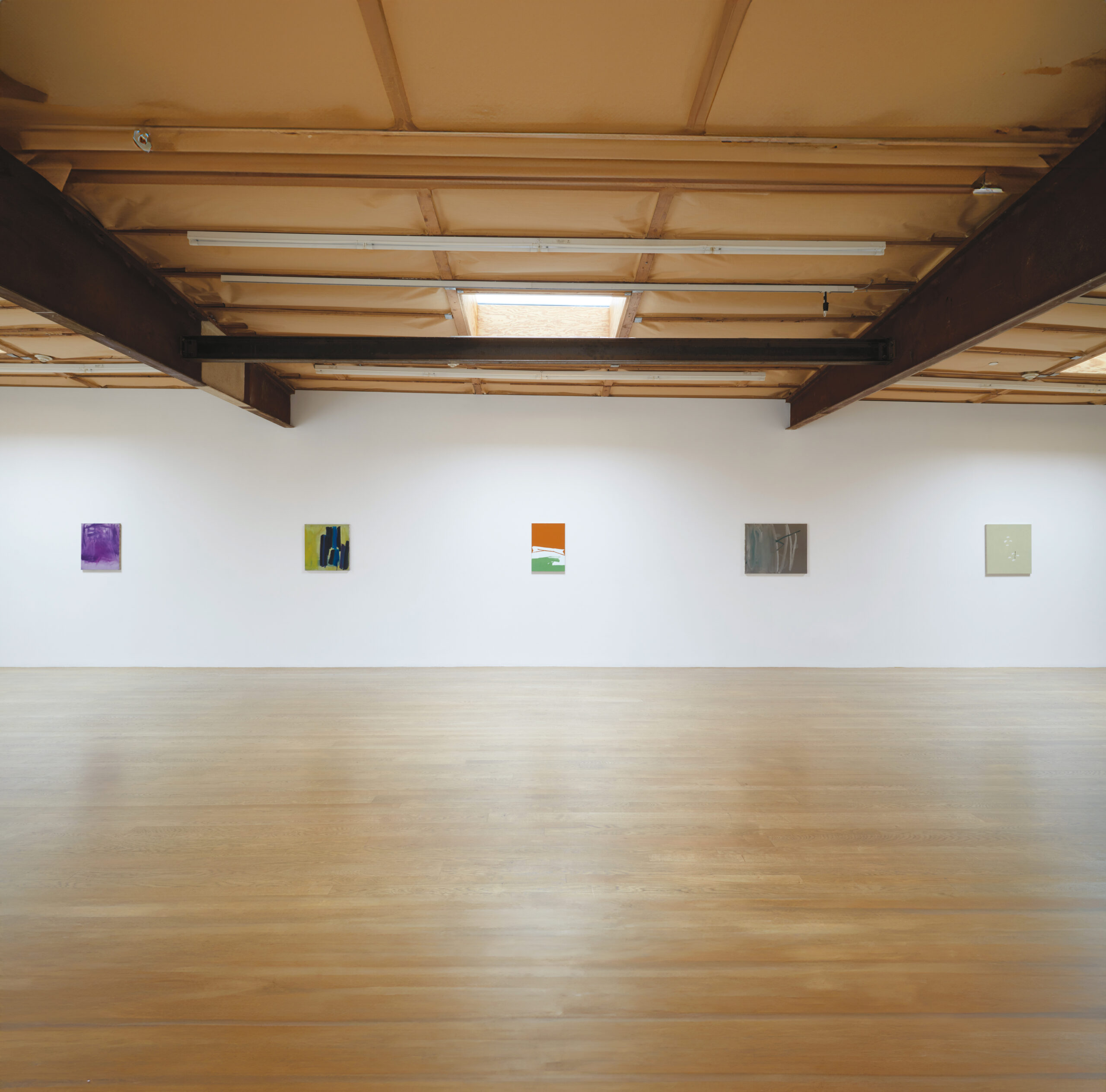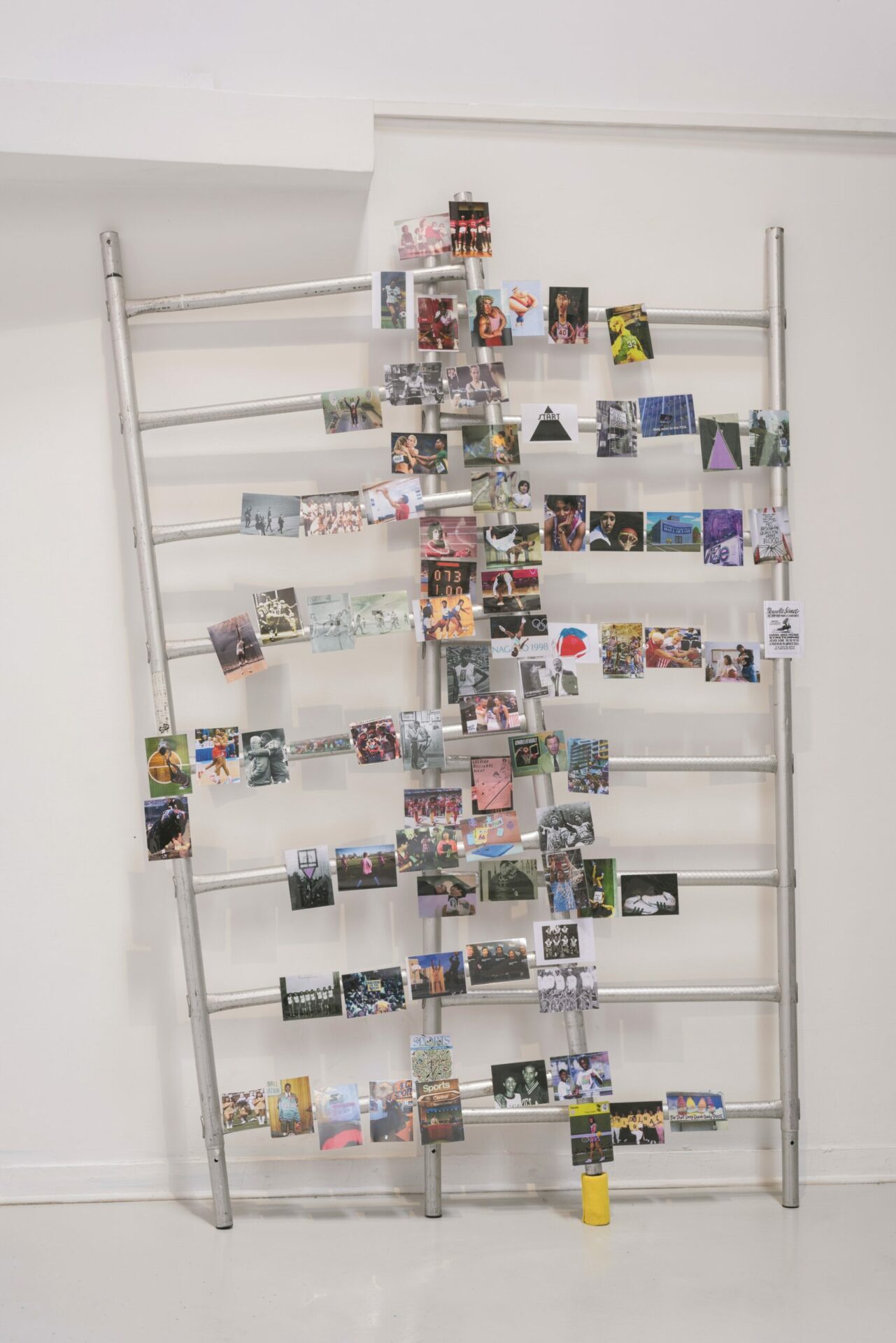
Photo: Evan Walsh, courtesy of the artist & BLUM, Los Angeles, Tokyo & New York
No Signature: On the Status of Style in Peter Shear’s Painting
Yet, although the artist’s signature has long been relegated to the back of the canvas, the history of abstraction in North America has long been characterized by the search for a “signature style.” Personal marks or motifs served to definitively link non-representational visual expression with an artist’s identity and personhood. Abstract Expressionists such as Jackson Pollock and Robert Motherwell sought a distinct form that would take the place of a scrawled name tucked at the canvas’s edge. Barnett Newman wanted to find a form that would be unique to his work and isolated the “zip” as a compositional device that helped distinguish his abstractions from the work of other painters. Many contemporary painters take a related approach, seeking unique techniques of paint application that are immediately recognizable in a crowded art fair or bustling group show opening.



